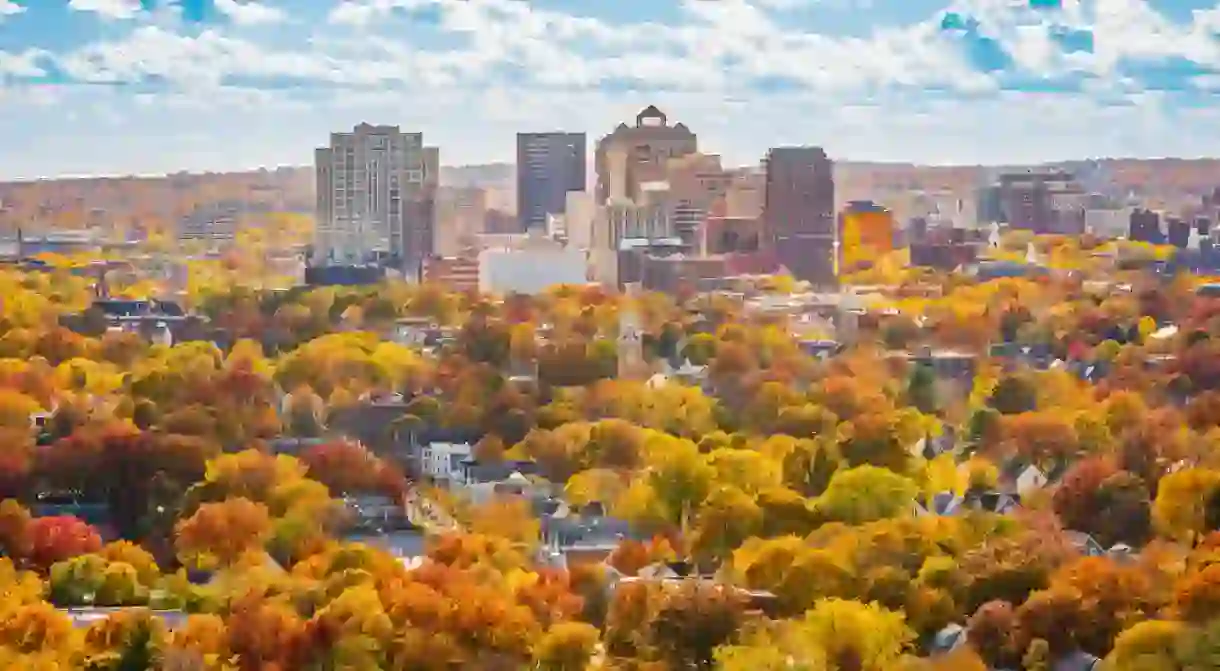10 Best Museums in Unexpected Locations in the USA

From ancient indigenous craftsmanship now on display in Massachusetts to a strikingly contemporary Quaker modern art space in Texas, outstanding museum-worthy objects can be found in the most surprising of humble locations across the United States. Below is our selection of the best weird and wonderful stops on an alternative cultural tour of great artwork in the USA.
The Warhol Museum, Pittsburgh
Museum

The Pulitzer Foundation for the Arts, Missouri
Open only two days a week, the Pulitzer Foundation for the Arts in the artistic Grand Center district of St Louis, Missouri, channels at least as much energy into organising its intensive programme of seminars, concerts and performances as it does into exhibitions. The museum represents a new philosophy in curation, with visitors invited to directly experience artwork in the absence of explanatory text and labels, and exhibitions focusing on the interplay between art and architecture. Exhibitions often consist of large-scale installations that explore themes such as the evolution of artwork, engaging with colour and universal manifestations of love.
Featured artists include architect Tadao Ando, who designed the building, Edith Dekyndt, Donald Judd, sculptor Richard Serra and photographer Hiroshi Sugimoto. Visitors can take a guided tour of the museum every Wednesday, and if you’re in the area on the first Friday of every month be sure to take advantage of the district’s regular open gallery evening, when the area comes alive with creativity.
The Museum of Art at Rhode Island School of Design, Rhode Island
Museum, School

Live Oak Friends Meeting House, Texas
Building

McNay Art Museum, Texas
Museum

The Wolfsonian – Florida International University, Florida
Museum, Library, University

The Peabody Museum of Archaeology and Ethnology, Massachusetts
Museum, University
Arthur M. Sackler Museum, Massachusetts
Museum

Also in Cambridge, MA, the Arthur M. Sackler Museum is home to a unique collection of Asian art, incorporating remarkable Chinese jades and Japanese surimono woodblock prints, ceremonial weapons, Korean ceramics and Buddhist sculptures. Impressive and intricate works of Islamic and Indian art are also part of the collections, including paintings, drawings and ancient manuscript calligraphy and illustration. The museum is in the process of moving to a new Harvard Art Museums complex (which will also include the Fogg and Busch-Reisinger museums), designed by Renzo Piano – architect of London’s Shard, and was closed to the public until November 2014.
Yale Center for British Art, Connecticut
Art Gallery, Museum

The Yale University Art Gallery, Connecticut
Art Gallery













